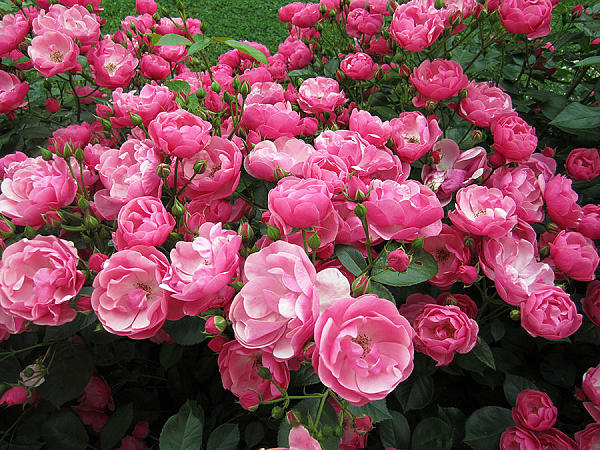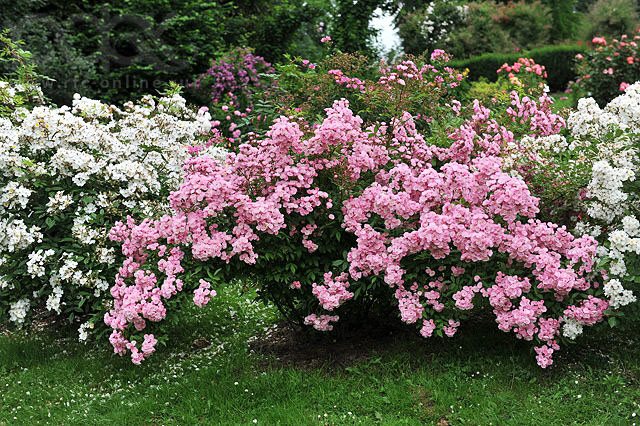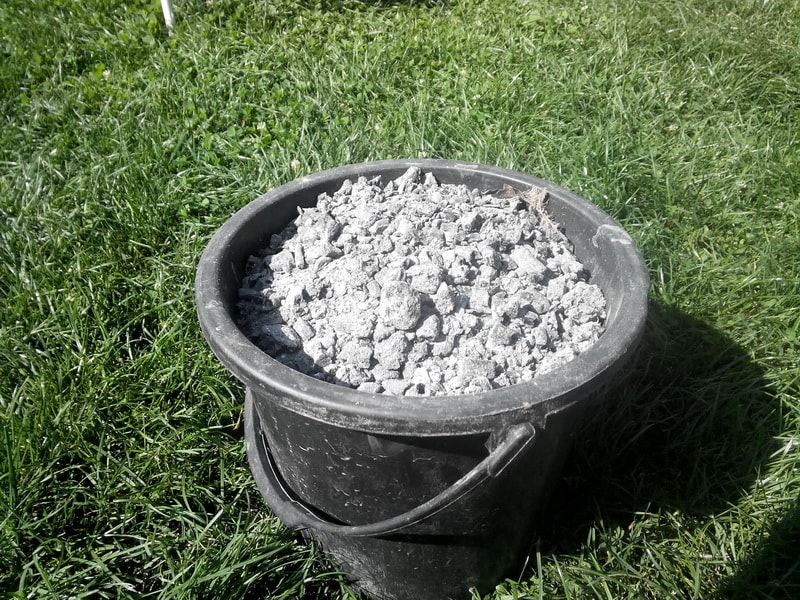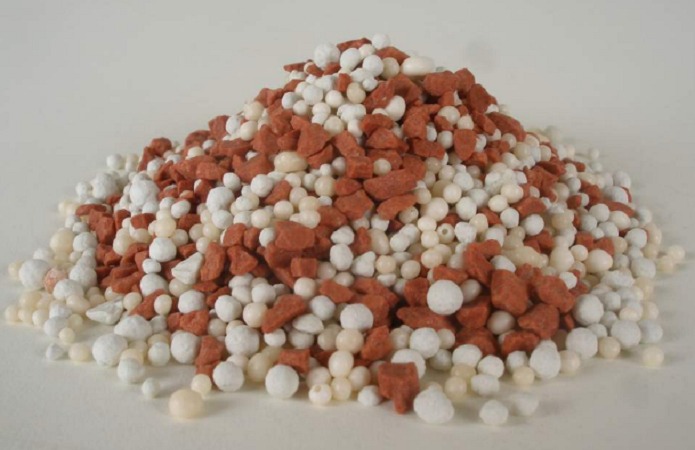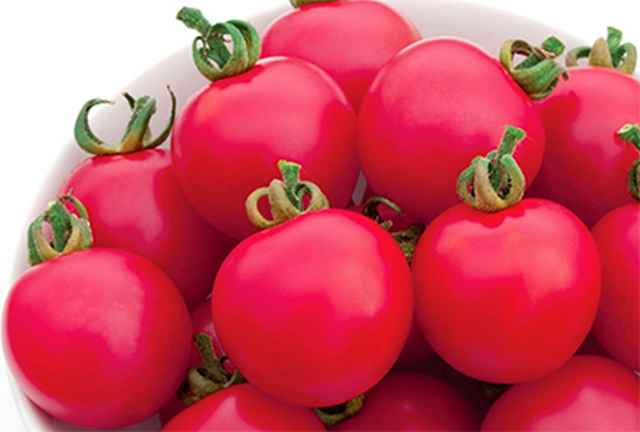Content:
Domestic gardeners have long appreciated the beauty of musk roses. The main thing is to choose the variety that is most resistant to the capricious Russian weather.
Musk rose: a quick reference
Musk rose is a variety of hybrid roses that Peter Lambert, a biologist from Germany, bred in 1904. This general concept includes a number of species and subspecies. Due to their unpretentious care and presentable appearance, they are actively used in landscape design. In Russia, the most famous subspecies are Mozart and Heavenly Pink.
The history of the creation of the Heavenly Pink variety
The official name of this variety is Rose Heavenly Pink (translated from English - "heavenly pink"). Rose Heavenly Pink is a kind of musk rose that appeared in Russia relatively recently. The plant came to Russia from Western Europe in the late 1990s. In the early 2000s, Havenly Pink received several medals at prestigious exhibitions of new varieties of roses.
Characteristics and features of the variety
If a Heavenly Pink rose is planted on the site, a description of the variety found on the Internet or in the literature will help the gardener to make sure that he has not purchased a fake (this often happens when buying roses from private owners). You can find out this variety by the following parameters:
- the height of an adult plant is up to 100 cm;
- leaf shape - small, oval, with pointed ends;
- leaf color - deep dark green;
- flower shape - similar in shape to hydrangea flowers;
- color of flowers - pale pink;
- the smell of flowers is a delicate, delicate floral scent.
The presence of all of the above characteristics indicates the purity of the variety.
The plant has good winter hardiness, but requires shelter for the winter. Before you cover the plant, you need to prune it. For shelter, you can use spruce branches or burlap.
Heavenly Pink musk rose has a lush bloom. The plant blooms continuously during periods:
- Middle band: June - October;
- Leningrad Region: July - August;
- Moscow region: May - September;
- Krasnodar Territory: end of April - second decade of October.
Flowers are distinguished by amicable blooming.
Agricultural technology of cultivation
Musk roses grow quickly when grown properly.
Soil and moisture requirements
Havenly Pink is a rose that is quite demanding on the chemical composition of the soil. It is desirable that the soil is rich in potassium and phosphorus. To increase the potassium concentration, you can sprinkle ash around the plant.
The flower tolerates partial shade well, but does not grow well under the scorching sun and in places where drafts are possible. The rose is resistant to fungal diseases, it tolerates high humidity and soil well, but it does not withstand drought well.
Landing
To plant this variety you need:
- Prepare holes 60 cm deep.
- Pour the pre-prepared nutrient mixture into the pit.
- Make a tubercle at the bottom of the hole for a convenient location of the roots.
- Place the seedling in the hole, carefully spreading its roots and placing them on the tubercle.
Basic care activities
Below are the basic guidelines for plant care:
- The soil should always be moist.
- Mulching is used to retain moisture.
- Pruning is carried out solely for sanitary purposes. No pruning is needed to form the crown.
- In order for young roses to develop better, some of the buds are cut off from them.
For feeding, you should use complex fertilizers of industrial production, containing a high concentration of phosphorus and potassium. Feeding is required during the flowering period.
Breeding features
Rose Havenly Pink is rarely grown from seed; this is a very painstaking and long work. The ideal breeding option is cuttings. Cuttings adapt easily to the environment and tolerate sharp drops in temperature. Sometimes this type of rose is grafted onto a decorative rosehip.
Advantages and disadvantages of the variety
Among the undoubted advantages of this species are immunity to diseases and pests, unpretentious care and resistance to low temperatures.
Among the most significant drawbacks - during a drought, the flowers become small, and their number decreases markedly. Also, the intensity of flowering decreases if fruits appear on the plant (berries resembling rose hips).
Provided proper care, the flower will certainly delight with its appearance and aroma.
